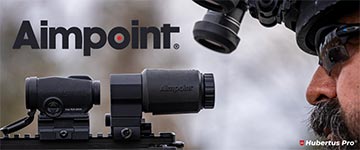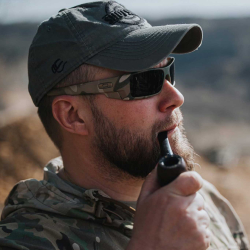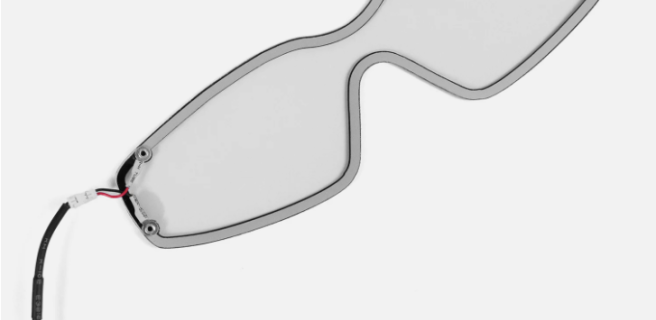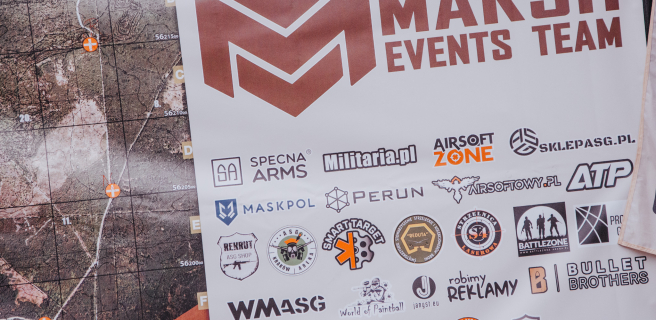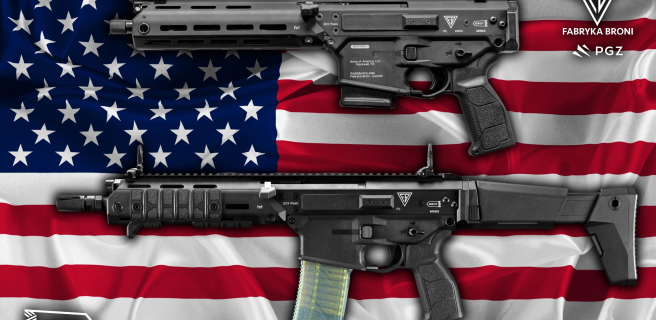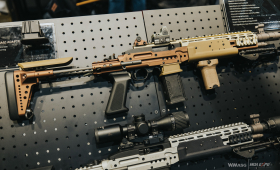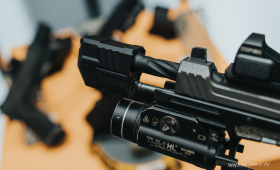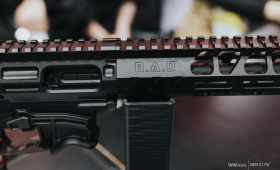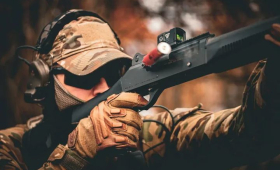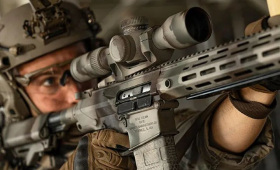From CETME Modelo A to HK G3
The history of one of the most famous rifles in the world is more interesting that some might expect. The roots of the Bundeswehr 's icon are not to be found in Germany but in Spain, in CETME ("Centre for Technical Studies of Special Materials") which was founded in Madrid by Ludwig Vorgrimmler, a German Engineer, but funded by the Spanish government. It began operation in 1949 and soon a large group of German emigrants, that went to Spain after Wold War II, found employment there. They consisted mostly of former employees of the Mauser-Werke weapons factory. Thanks to their experience and documentation of prototypes of assault rifles they brought, in 1956 the CETME Modelo A rifle entered serial production. The initiation of the production run of the new rifle, based on the proven StG45(M) design, was assisted by employees of Heckler und Koch. This same year, the German army bought the first test batch consisting of 400 units of the new weapon. The trials were a success. In cooperation with HK the ergonomics of the design were improved, the butt stock shape was modified, the carrying handle and the forearm were made from perforated steel sheets, the barrel was extended and its ending modified to work with rifle grenades – this is how the Modelo 58 was born. The version chambered for the NATO standard 7,62x51mm round was named Modelo B. A year later, in 1959, the Bundeswehr bought the rifle modernized in the NATO standard as the G3 (Gewehr 3). Initially, G3 has a wooden butt stock and forearm panels. The G3A3 version, a replica of which we are describing here, thanks to LCT, has a butt stock and forearm panels made of plastic. The G3A4 and G3KA4 were version with a collapsible butt stock, similar to the one found in the MP5.

Over the year the G3, in various versions, was bought by 50 countries, 15 have licence to manufacture them. Heckler & Koch stopped production in 2001. The rifle has very good accuracy and low recoil resulting from its considerable weight. Despite the initial excitement when the G36 entered service the G3, which was often underestimated by the soldiers of the Bundeswehry, started to return to favours. Currently, a version modernized in terms of ergonomics, is still used by special forces, including the German KSK.

The G3 design served as a basis for the MP5, a later design prized for its reliability and favoured among special forces and also many other rifles, including the LMGs and the much discussed PSG-1 sniper rifle.
The Replica
After taking the LC-3 into ones hands we get a sensation of a very robust, heavy replica. At first glance very little indicates that this is a toy. The replica it very solid, nothing creaks, the is no slack on the part – the fitting is ideal. We wouldn't like to overuse the term "monolith" but this is yet another LCT replica that brings this term to mind. One gets a sensation of a single piece of steel and it is not without basis. The replica was made from stamped and bent steel sheet. The surface has a very nice bluing.


The replica had individual manufacturers markings placed under the receiver at the length of the chamber. They are engraved. The purists will brag about the lack of real firearm markings. The are also no markings on the rear rotary sight.

The sights are adjustable. The rear rotary sight can be set to (as in the original) 200, 300 and 400 m, and the front sight is set to 100 m.


The fire selector switch works fluidly and precisely. Yet we were surprised that despite engaging the safety we could still fire the replica while tampering with the trigger in the right way. This is not easy but can be done.

The external barrel is also made of steel. It is heavy and firmly attached to the receiver by three screws. Any kind of slack is out of the question here. The replica is very well balanced despite being heavy.


The magazine release is double sided, as in the original, yet the one on the right side seems to have been made for a person with very long fingers.

The cocking handle works as expected, with a noticeable spring tension. Releasing it makes a very pleasant metallic sound. When the bolt imitation is retracted it reveals access to the HU adjustment.


The version presented here has covering panels, butt stock and pistol grip made out of plastic in olive drab. To the touch it seams almost as the real firearm. The parts are high quality molds, there is no visible flash. As an interesting side note it is worth pointing out that those parts can be exchanged from the ones meant for the real firearm, with the exception of the pistol grip which houses the motor. The manufacturer was up to the task. Yes, exchanging the butt stock can be problematic when one of the screws is tightened to strongly on the assembly line, as was in our case.



The battery is housed in a specious chamber inside the butt stock which is accessed by removing butt plate. The replica comes with a standard mini Tamiya connector.


The magazine dedicated for this replica is a mid-cap. It is made from a steel sheet, as is the case with the rest of the replica. It can be tricky to replace it at first but after a while it can be put tightly in.


On the left is the LCT magazine, on the right the real one
What is inside
Disassembly of the replica is very easy. We take out two rear pins to remove the but stock, than another pin near the magwell to remove the forearm. This gives us access to the internal barrel and the hop-up chamber. This process is so easy that i can be used to shorten the replica for transportation.


The hop-up chamber is plastic, it resembles designs used by ProWin. The adjustment dial in precise and works in a stepping manner (one can feel the individual clicks of the adjustment system), which prevents self-deregulation of the setting by the pressure put on the rubber. Unfortunately, there are no marking indicating how the adjustment works. The manufacturer uses a traditional cylindrical rubber spacer. The bucking is a standard one used in many replicas. It has a rather small nub. Its nice for a start but we would suggest replacing in the longer run.
The internal barrel, 515mm long, is a standard one made of brass. It is not phased on its exit side.


To get to the gerboxa we must pull out the trigger pin and also rake off a cotter from the second pin before pulling it out too.

It is a standard metal LCT gearbox with the blow back system port (which is not used in this case). Will there be an EBB version? It is screwed together with 2 Philips and 6 Allen screws. All were lightly treated with thread glue.

The type 0 cylinder is smooth on the inside and striped on the outside. It fits tightly with the extra sealed metal cylinder head. The piston is made of plastic and has a steel plate with 15 teeth and a traditional flat metal piston head. The whole set, including the nozzle, is well sealed and gives good pressure.

Inside, bather in quite a lot of lubricant, are gear bearing the LCT logo. The piston gear has a metal tappet plate delay which helps extend that life of the tappet plate and increases the reliability of BB feeding at high ROF.


The motor used is a long type „High Torque Motor” made by LCT. It makes a good impression, the magnets give noticeable resistance.


Shooting
Shooting the replica is very pleasant. but requires a stronger person because of the weight of the replica. The long barrel, the cylinder used and the overall fit of individual parts makes the shooting sound quite and muffed. The replica we received was very accurate, shots at 25 m had very good grouping. The area where the BBs hit was not larger than 18 cm. Yet if one wishes to use this replica in Poland on a open ground, it will have to be upgraded in terms of muzzle velocity which is 320 fps out of the box.

Summary
Fans have been waiting for a full steel G3 replica for many years. Earlier, the only replica available was the one made by the legendary Tokyo Marui, but it had a plastic receiver. Soon, one made by Classic Army turned up with the receiver made form ZnAl, and in 2007 Jing Gong made their own version with, yet again, a plastic receiver. Next there was a long time were no new G3s appeared. Until the time when LCT Airsoft announced to the world their full steel version.
G3 by LCT is a replica in the full meaning of the word. The degree of recreation is very high, the balance, the dimensions, and the ability to replace external parts with ones taken from the real firearm is a treat for all G3 fans. For some, an important detail will be the possibility to attach an original Bundeswehr's bayonet, which we discourage to do for obvious reasons. The marking are missing though, by sometime you can't have everything.
The replica makes an excellent impression from the get go. Nothing creaks nor squeaks. Internally, it is also of high quality, but considering Polish airsoft reality, it will require tuning, the stock 320 fps seem a bit low, yet thanks god parts fit and alignment the grouting is more then satisfactory. Especially that considering its weight and size it should be treats as a marksman rifle, the role its real life counterpart can still fulfill in active service. But it is not the most important thing is this case...
Yet again LCT was up to the task and delivered a replica that greatly resembles the original giving fans of the real steel something to think about. Do you prefer the classic version or the modernized one used by KSK commandos? Thanks to the accessories dedicated to the real firearm there are many possibilities to create your dream G3 for airsoft game and to hang on the wall.



